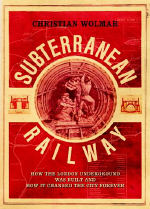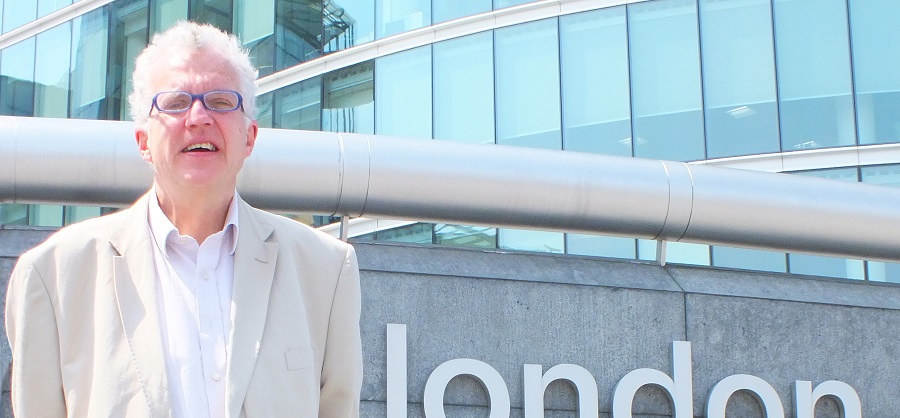 Londoners are ambiguous towards the Underground: it is a useful necessity they are always willing to find fault with. Despite this uniquely London trait, Wolmar quickly informs us that he’s an enthusiastic fan, admitting: “like many children…I fell in love with the Underground at an early age. It represented freedom and adventure…”
Londoners are ambiguous towards the Underground: it is a useful necessity they are always willing to find fault with. Despite this uniquely London trait, Wolmar quickly informs us that he’s an enthusiastic fan, admitting: “like many children…I fell in love with the Underground at an early age. It represented freedom and adventure…”
Wolmar provides a fascinating, wellresearched and accessible story, which combines historical and practical interest. It confirms that the creative and financial problems, faced in the past, are still unchanged today. His enthusiasm as a boy is similarly still with him, and very infectious.
Wolmar charts the development of the Underground from the vision of Charles Pearson, who promoted this idea, and the Royal Commission on Railway Termini created in 1846. It initially spurned the development of the Metropolitan line, which eventually opened in 1863. Its construction foreshadowed the problems all extensions faced: finance. The Victorian age was not a period of state aid, so it was left to the venture capitalists to raise money.
Other schemes followed, including the District line, which extended outwards to Earl’s Court, which was then no more than fertile market garden land and a few houses. The theme was set for expansion and urban development, underpinning the city we know today. The modern network would have been impossible without certain dynamic men: Edward Watkin was responsible for the Metropolitan line, stretching into Buckinghamshire, and the development of Metroland. This line made significant profits, since its directors had the foresight to buy land on either side of the route, allowing it to remain independent until 1933.
The American, Charles Tyson Yerkes, arrived in London in the late 1890s, having fled Chicago following accusations of fraud, and brought the fractured deep lines together under one company. Using high-risk junk bonds, he developed the deep-line network. Following Yerkes’ death in 1905, Frank Pick and Albert Stanley (later Lord Ashfield) continued the basis of the network we know today. Stanley, backed by Pick’s marketing and PR skills, brought all the Tube lines together, and saw the expansion of the system to rural places, such as Edgware, helping to create suburbia.
Surprisingly, it was not until the creation of the London Passenger Transport Board, in 1933, that the system was unified. Wolmar highlights the 1930s as the golden age, with Beck’s now famous Tube map, and Charles Holden’s station architecture.
Wolmar finally ponders the PPP scheme to which the government was attracted as a way of bypassing inefficient public sector management. He is unhappy with the complexity and cost of the contracts but concludes it is too early to judge their efficacy.
Review by Hassard Stacpoole, July 2005
